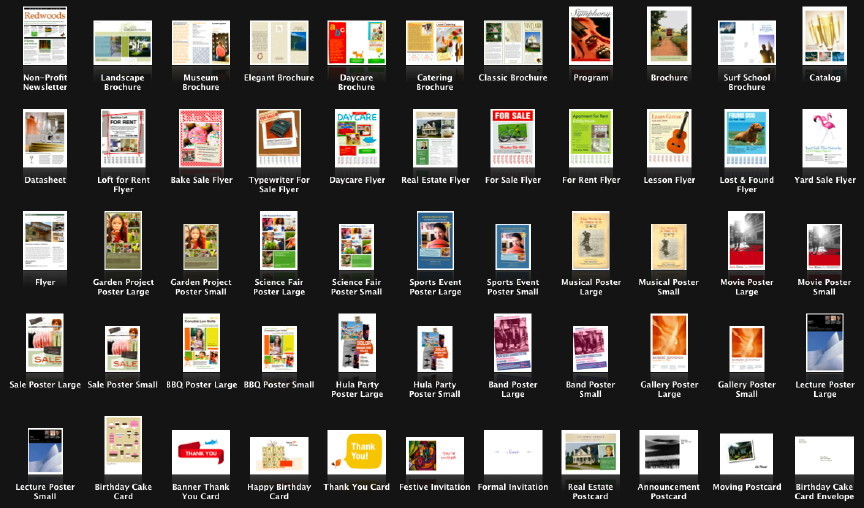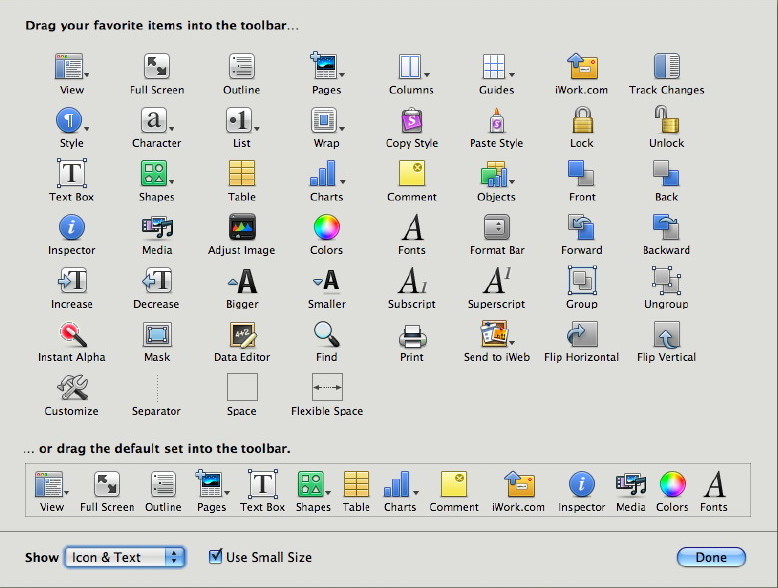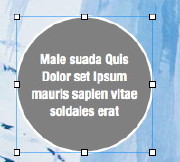|
|
Apple recently changed the licensing policy for iWork: now boxed sets do not require a serial number to be entered. However, some people have been downloading a pirated version via BitTorrent and have installed a Trojan as well. An illegal version of Microsoft Office for OS X also delivered a nasty surprise a couple of years back. For Thai users the real version can be acquired from the iStudio retail outlets, from the online Apple store here, and by purchasing a licence from the online store to upgrade the 30-day trial version. Using the File menu when in use, or the opening panel, we can either enter the serial number or buy the serial number online. When I pressed this, I was linked to the Thai online store. The price was the same as the boxed set at 3,190 baht, but I was able to do this from the convenience of my home.

As in the other parts of iWork, the files are fine-tuned using the "Inspector", a panel with several sections each dealing with a particular part of the document formatting and style: Document, Layout, Wrap, Text, Graphics, Metrics (size and position of elements), Tables, Charts, Links and QuickTime. Many of these sections have several controls, accessed via buttons. Like all native applications for OS X, there is full access to all fonts installed, including Thai fonts. This is accessed via the Format menu. This access may also be via one of the toolbar icons which can be added. The standard installation has some 14 icons, while the total set has another 38 available.

Files that are to be printed or otherwise used, are exported and this is done via the Share menu. This allows files to be sent to iWork.com (currently a beta service) for collaboration, to the mail application, or to iWeb, the iLife module that is used for sharing on the internet and writing blogs. Export from Pages, using the same, "Share," menu can be in PDF, Word, RTF (Rich Text) or plain text. Not all of these formats will carry over certain media, like sound files. Keynote presentations may be saved as PowerPoint files, or can be exported as QuickTime movie files in various sizes, as PPT (PowerPoint) files, PDF, as images, in HTML format or as an iPod presentation. Numbers files may be saved for use in Excel (XLS), or exported in PDF, Excel, or comma separated value (CSV) formats. These can also be exported to iWeb, the user's default email application or to iWork.com When Looking at the new iWork.com service I ran a couple of tests using Keynote and passed the link on to one of my colleagues at Mahidol who is also a Mac user. As the Electrical Engineering Department is preparing to host an Electrical Engineers conference later in the year, this was seen as a good opportunity to use the service and ask for feedback on the brochure being prepared: this was created in the earlier version of Pages using one of the templates. My colleague uses Pages to create posters, brochures and other output easily. See also, |
|

 The recent update to iWork announced at MacWorld, made several improvements to the three components: Keynote, Pages and Numbers. Also added was the online collaboration service, iwork.com, that will help people using the suite to circulate working documents.
The recent update to iWork announced at MacWorld, made several improvements to the three components: Keynote, Pages and Numbers. Also added was the online collaboration service, iwork.com, that will help people using the suite to circulate working documents. Images are brought in with a similar process. The template may have a placeholder and this is replaced by our own image simply by dragging it over the template. Images may be dragged in from the Finder, from another application, like Safari, or from the media browser, which has access to audio, photos and movie files on the Mac.
Images are brought in with a similar process. The template may have a placeholder and this is replaced by our own image simply by dragging it over the template. Images may be dragged in from the Finder, from another application, like Safari, or from the media browser, which has access to audio, photos and movie files on the Mac.